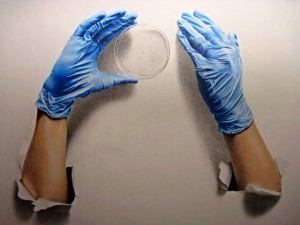 Metastasis by Ben Blais
Metastasis by Ben Blais
Cancer. Hearing the word alone can produce powerful emotional responses. The disease starts infinitesimally small, but knowledge of its presence is capable of inspiring hope, despair, fear, triumph… a power which has always fascinated me. This series is a commentary on how cancer arises from the modest origins of the genetics/proteins of only one cell, and how this cell loses its identity to become an enemy to the host.
Cancer is a disease in which the cells of the body turn against their host. Every normal cell in the body has functions it performs for the good of the whole system, as well as rules it follows to keep it functioning healthily, which are written into the DNA code. Each cell faithfully follows this code its whole life, like a code of conduct to which it has sworn. Every attempt is made to protect this code, but it is at always at risk of being damaged, altered, or even faulty from the start. If this occurs, it begins at an unfathomably small scale: in a
single, tiny cell, on average about one third the width of a human hair. This faithful cell continues to do what the broken code tells it to do and, in the process, becomes something else, committing acts of aggression and treason. It is greedy, intrusive, and forgets what it means to share. A newborn conquerer, its focus shifts to multiplication of its forces and invasion. These cells can’t be our own.
Following its Jekyll to Hyde transformation, an effort is made at containment. Natural barriers exist in the body to compartmentalize systems, with the hope that they will not be breached. Invasion beyond the contained space is known as “Metastasis”, and beyond the walls, there are roads to which the entire body may be accessed. This is territory that is our own, and these are unwelcome visitors. We don’t recognize these hands, forcing this Petri-dish-cell on us as a new responsibility.
In these images, the shape of the subject’s hands is meant to represent an organ, held over the site of cancer within the body. The human subject is presumed to be hidden behind the sterile background. The only indication of identity given is in the gesture and likeness of the hands. The cell represented on the culture dish in each drawing is recreated from research photographs taken in a cancer research lab at Vanderbilt University, with each color used representing a different cell component related to a cancer that our team at the time was investigating.
As has almost every person who sees these drawings, I have lost a friend to cancer. It happened a long time ago, in my childhood, but these drawings were an opportunity to revisit some of the feelings one may go through when their lives are affected by something so powerful. I have included his name, LANCE, on one of the plates, as I have also included important cancer researchers names on the others.
In honor of the fact that everyone has been touched in some way by this disease, an arm in each drawing has a single “mole”, a physical reminder that nearly everyone carries on their body of the potential of chaos. With every person who is forced to endure this chaos, our knowledge grows, our treatments improve, and support networks evolve. People have an incredible ability to adapt to and endure things they should never have to experience. I am hopeful the word “cancer” won’t always hold so much power.
Ben Blais – Artist Bio
I am a fourth year medical student at the Geisel School of Medicine at Dartmouth. I grew up in the Lakes region of New Hampshire, and spent the more recent part of my life in the small town of Eliot, Maine. In 2010, I graduated from Vanderbilt University with a combined degree in Studio Art and Cell and Molecular Biology, and have often found myself combining these two interests.
I’ve always been fascinated by realism and trompe l’oeil styles, with my preferred media being colored pencil and graphite. My art career has so far included a solo exhibition at Berwick Academy in Maine, and two combined exhibitions, one at AVA Art Gallery in Lebanon, NH, and another at Vanderbilt University in Nashville, TN. I have also done a number of private commission works.
A few of my greatest influences include M.C. Escher, since I have a similarly mathematical approach to the technical aspects of drawing, and a fascination with surprising the viewer with new perspectives, Anthony Waichulis, for his process and mastery of realism, and Norman Rockwell, for his ability to recreate people’s expressions and familiar moments in a way that has always made me smile. Of course, I cannot ignore the fact that medical school has given me a strong appreciation for Dr. Frank Netter as well.
I am interested in pursuing a career in pediatrics or combined medicine and pediatrics, and I am looking forward to continuing to draw.
Thank you for enjoying my work!
 Holiday Hours: Labor Day, Monday, September 1, 2014
Holiday Hours: Labor Day, Monday, September 1, 2014

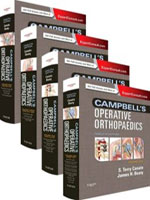




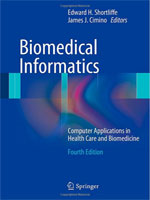
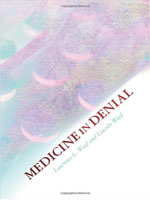









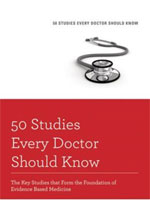
 When: Wednesday, July 23, Noon-1:30PM
When: Wednesday, July 23, Noon-1:30PM










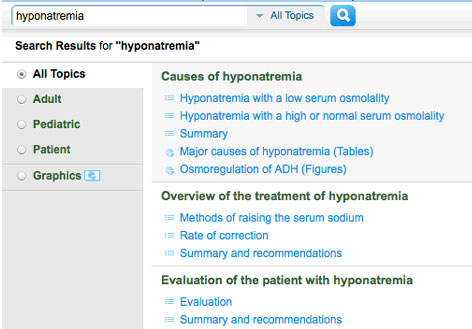
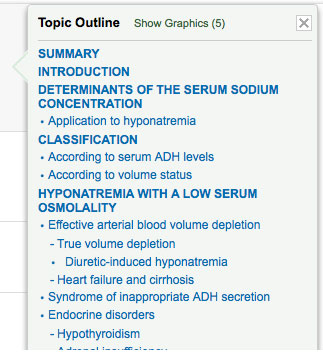

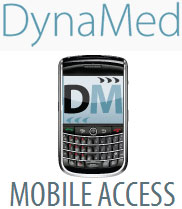 Did you know that DynaMed is available as a mobile application, compatible with devices such as the Android, BlackBerry, iPhone, iPad and iPod touch, just to name a few?
Did you know that DynaMed is available as a mobile application, compatible with devices such as the Android, BlackBerry, iPhone, iPad and iPod touch, just to name a few?